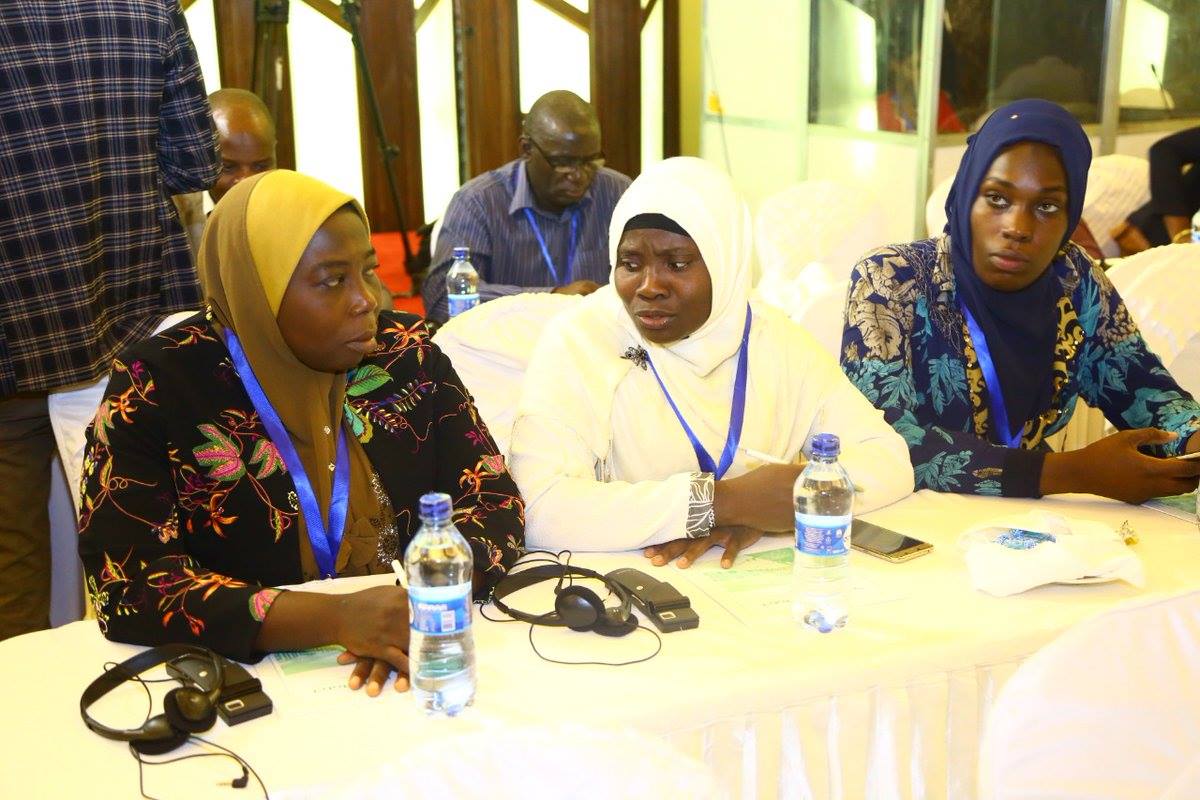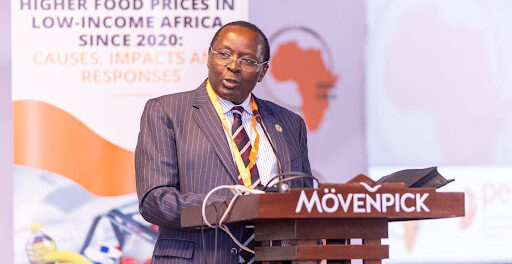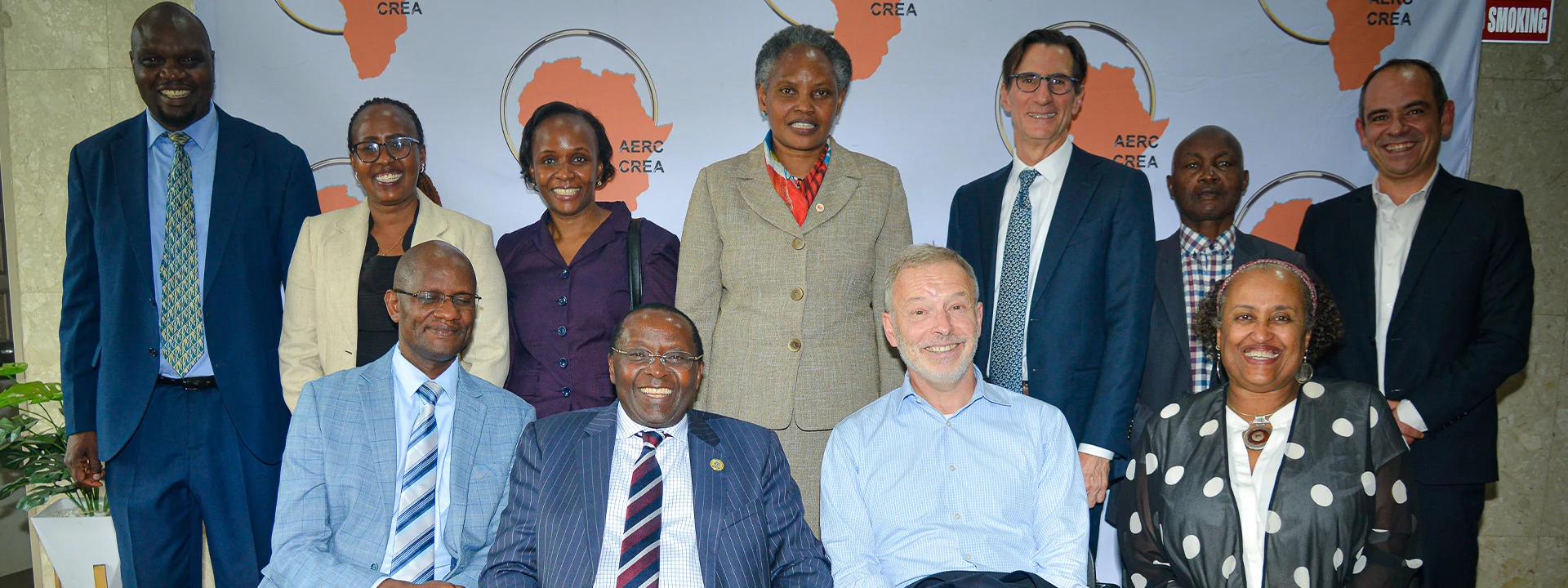

The Looming Debt Crisis in Africa
November 12, 201849th Biannual Plenary
Highlights
AERC’s 49th Biannual Plenary on “The Looming Debt Crisis in Africa” was engaging, energetic and thought provoking. Over 200 economists, researchers, policy makers and private sector participants from around the continent and globe debated the cause and potential impact of a looming debt crisis.
Watch a recording of the afternoon session: https://www.facebook.com/aercafrica/videos/234807027415055/
Watch a recording of the morning session: https://www.facebook.com/aercafrica/videos/324849975004987/
Key Points Discussed:
- Public debt has now climbed above 50% of Gross Domestic Product (GDP) in nearly half the countries in sub-Saharan Africa.
- Africa’s public debt has not yet reached the proportions that triggered the Highly Indebted Poor Country (HIPC) initiative, the concerns regarding Africa’s present debt is the fact that it has risen sharply in a very short space of time.
- Several countries saw a dramatic decline in debt stocks after they benefited from the Multilateral Debt Relief Initiative in 2005.
- Much of the debt was owed to multilateral institutions like the World Bank and IMF and bilateral creditors in the 2000s, who formed the Paris Club. Today, a considerable share of African debt is held by private banks and bondholders.
- Heavy debt servicing has raised apprehensions regarding sustainability, and carries immediate implications for macroeconomic stability, consequently economic growth and development.
- Sub-Saharan Africa is slipping into a new debt crisis, with 40 per cent of the region’s countries now at high risk of debt distress — double the proportion of five years ago.
- The number of countries already unable to service their debts has doubled in the past year to eight, and the IMF is urging African countries to raise taxes to provide more scope for paying interest.
- Countries like Chad, South Sudan, the Republic of Congo and Mozambique have moved into “debt distress.”
- Most countries in sub-Saharan Africa are being hit because they had borrowed in foreign currencies and are finding debt hard to finance after a significant depreciation.
- Sub-Saharan governments have issued over $80 billion in dollar bonds to investors hungry for yield.
- There have also been gloomier syndicated loans and bilateral debts, many to China, which has over US$60 billion on offer, and tied to big construction projects. Much of Africa has a shallow domestic market and no country in the world can self-finance.
Key Recommendations:
- The rules for how to handle Africa’s debt crises are changing. In the past much of the money was owed to the World Bank, IMF and Paris Club, an informal group of Western government creditors. This gave the fund the power to demand prudent economic reforms as a condition for help. Now China’s influence has risen—and it puts much less emphasis on good governance.
- Unlike previous debt crises where the IMF and the World Bank played a leading role, this time the creditors are mostly commercial entities or state financial organisations. So, care is needed as they have little appetite for write-offs or restructurings.
- There is need for austerity measure if sub-Saharan Africa is to move to prosperity. Countries can for instance scale down on infrastructure, even though there still exists a huge infrastructure gap in region.
- We should have a low-income countries’ debt model.
- To get out of this syndrome, hidden debts that IMF/World Bank cannot track should be identified and dealt with.
- The fact that the structure of public debt has changed over the years calls for innovation for instance, re-profiling and selling the debt at the stage of roll over. This reduces cost, if the exchange rate does not go through the roof.
- Replace non-concessional loans with concessional ones.
- The quality of some debt contract is skewed and should be addressed going forward.
- There is need for a strong fiscal policy in Africa.
- We need to deepen domestic financial markets.
- World Bank and IMF can mainstream budget support to some countries already in deep trouble through their poverty reduction programmes to relieve some debts.
- There is need for behaviour change to diminish appetite for loans among African government leaders.






